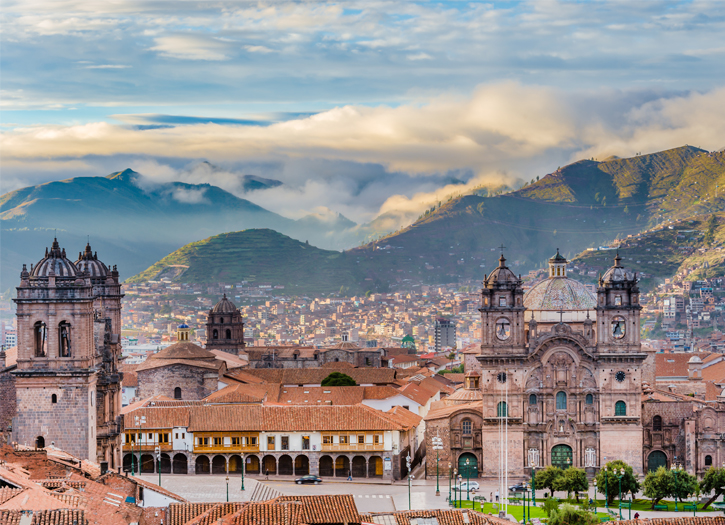The virus was reported to have spread to Peru on 6 March 2020, when a 25-year-old man who had travelled to Spain, France, and the Czech Republic tested positive. On 15 March 2020, President Martín Vizcarra announced a country-wide lockdown, closing borders, restricting domestic travel, and forbidding nonessential business operations—excluding health facilities, food vendors, pharmacies, and financial institutions.
Peru, with a total population of 32 million,has a total of 1,002 intensive care unit (ICU) beds available as of May 2020, and was working on expanding its nationwide ventilator stock from 40 to a desired 540 machines. Engineering and production are supplied by the Peruvian Armed Forces.As of June 2020, oxygen was in short supply.As of 26 August, Peru has the world’s highest COVID-19 related deaths per million, just above Belgium.Unlike the 2002-2004 SARS outbreak, the case fatality ratio for COVID-19 has been much lower, but the transmission has been significantly greater with a significant total death toll.
President Martín Vizcarra made a national announcement on 15 March, declaring a 15-day quarantine effective from 16 March. Putting in place stringent rules nine days after the first case was seen in the country. There was a sudden ban on all travel between provinces, all travel into and out of the country, and a ban put in place for planes, boats, trains, buses, and private automobiles. Furthermore, thousands of American, Israeli, Australian, and British tourists trapped mostly in Cusco and Lima were unable to leave the country in the 24 hours between announcement of the quarantine and cessation of all flights. On this day, the President also announced a sum of 380 soles (US$106) would be given to vulnerable families to help while most people are unable to work.
On 3 April, the government announced that all foreigners currently in Peru will automatically have their visa extended until the end of the state of emergency is over. Once the quarantine is lifted, all international tourists will have 45 days to leave the country. As of this date, the United States Department of State announced they had repatriated over 4,680 Americans through flights chartered from Washington Dulles airport to Lima and Cusco. On 7 April, President Vizcarra announced that for Holy Week, Thursday and Friday there will be no one allowed to leave home for regular business.
On July 1, the government begins the “third phase” by means of Supreme Decree No. 117-2020-PCM, this phase contemplates the reopening of some 60 commercial activities that must follow the “Guidelines for the surveillance of the Health of the workers at risk of exposure to COVID-19” and the protocols of their sector, the regions that will still be excluded from the restart of activities and which will continue with the targeted quarantine are: Arequipa, Ica, Junín, Huánuco, San Martín, Madre de Dios and Ancash. Peru’s health ministry announced on 13 August that Peru had surpassed 500,000 confirmed cases, noting that 507,996 cases and 25,648 deaths were recorded.
On 30 March, the President made further restrictions to the curfew (which was previously 8 pm to 5 am nationwide), extending its start from 4 pm for departments of La Libertad, Loreto, Piura, and Tumbes, and a start of 6 pm for the rest of the country to further limit movement. As a response, grocery stores which were open until 4 pm before now close at 3 pm. As of this date, there were 950 positive tests, 24 deaths, 49 patients in the ICU, and 37 on mechanical ventilation. The president made a live announcement to the country on 2 April that for the remaining 10 days of quarantine, they would add one more restriction to flatten the curve.
President Vizcarra announced on 8 May the decision to extend the State of Emergency until Sunday 24 May. It was indicated, between the National Police and the Armed Forces, there will be 150,000 troops on the streets, enforcing the measures ordered. The Head of State reported that, as of Monday, 11 May, the immobilization mandatory social will be from 8 at night. This will allow attention in banks and markets is extended, which will reduce concentrations of people.







Add Comment